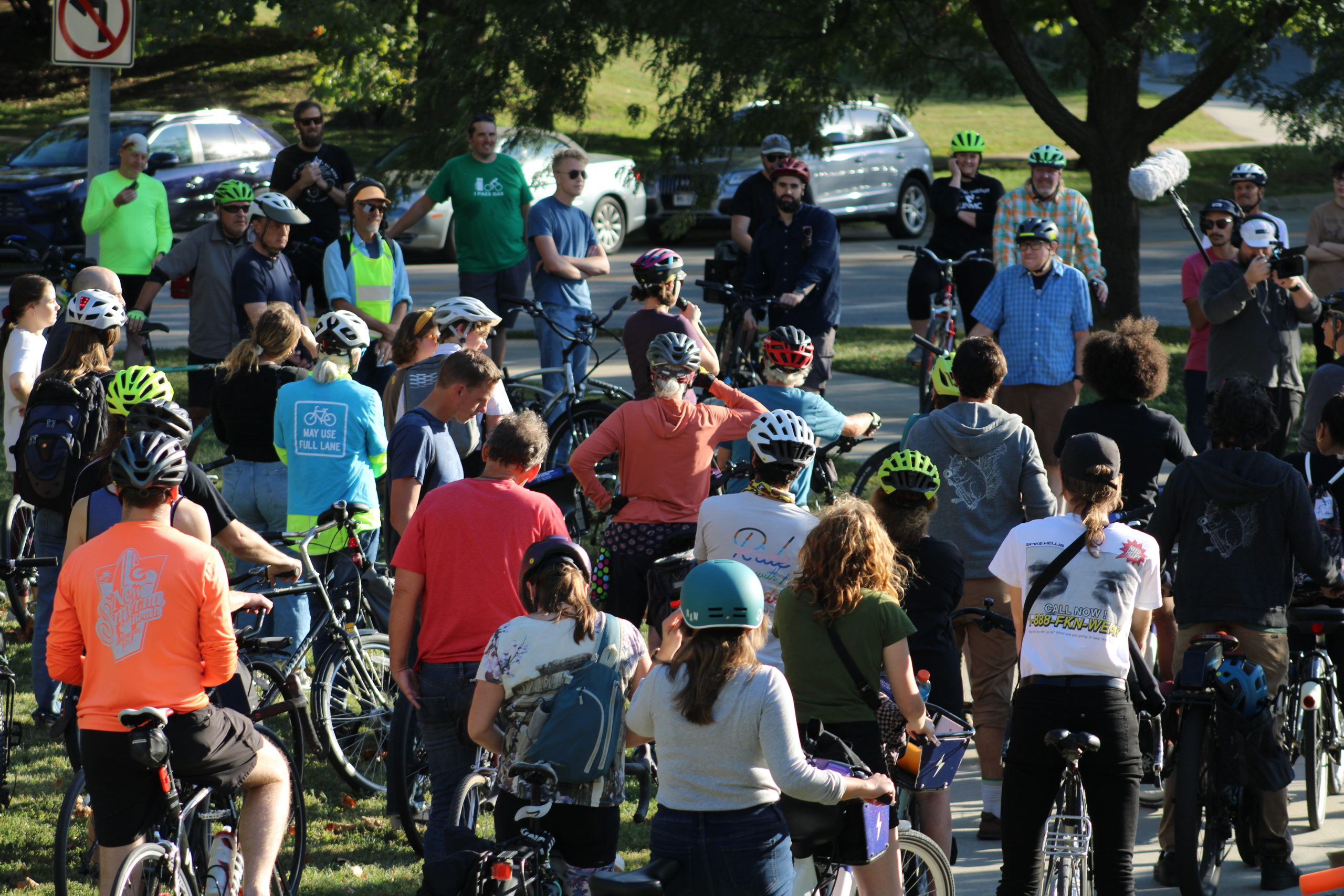Check out today’s op-ed in the Omaha World Herald on the need for multiple transportation options in Omaha.
Below are links to the data cited in the op-ed. We encourage you to send an email or letter to Mayor Stothert and your City Council representative to express your support for transportation options in Omaha. Please don’t forget to start with a “thank you” for improvements that have already been made.
- It’s inaccurate to say that only 2% take other modes of transportation. The oft quoted “about 98% of the people of Omaha commute by car” represents only 20% of all trips because it’s based only on commuter data. On average, around 30% of Americans do NOT have driver’s licenses. While this includes children, it also includes a growing number of people that cannot or choose not to drive. The percentage of young persons with a driver’s license continues to drop. In addition, data from the National Household Travel Survey in 2010 showed that 69% of car trips are 2 miles or less, a distance that is easily covered by walking or bicycling, assuming that a person would feel safe and comfortable using these active modes of transportation.
- Omahans want transportation options: A recent survey of 400 Omaha residents (registered voters) found that even though there is a strong preference for driving a car among Omaha residents, 72 percent favor “increasing spending to expand and improve public transportation, sidewalks and bike lanes in Omaha.” Even more surprising is that 57 percent favor increasing such spending even if it requires a tax or fee increase. Omaha Young Professionals also consistently express strong support for multi-modal transportation.
- Supporting multi-modal transportation is good for economic development: It stimulates the economy in various ways, including creating jobs and job access, increasing money circulating in the local economy, reducing the cost of congestion, and increasing private investment and property values. It also attracts and retains employees. When cities invest in adequate bicycling infrastructure, the city benefits. The entire bicycling infrastructure of Portland cost less than half ($65 million) of one freeway interchange ($140 million) and estimates are that as a result of mode shift, Portlanders save $3 billion each year, hundreds of additional jobs have been created, and Portland is now one of the most attractive cities in the U.S. for businesses and employees (for more see Jeff Speck’s Walkable City). A shift in modes by only 3% could put Omaha on par with Portland.
- Multi-modal transportation is also fiscally and environmentally responsible: The cost to construct one lane-mile of a 4-lane divided highway can range from $16.8 million to $74.7 million. Widening costs can vary from $2.4 million to $6.9 million per lane-mile. This does not include the cost of road maintenance, which is increasing as more lane-miles need to be maintained. Conversely, the cost of installing a bike lane is approximately $5,000 to $50,000 per mile. Widening roads does NOT reduce congestion in the long term due to induced demand. The cost of maintaining the status quo will certainly bring additional financial consequences. In a recent article in the Reader Tim Burns, Air Quality Supervisor with the Omaha Air Quality Control Division, described Omaha’s air quality as perilously close to EPA nonattainment levels. Nonattainment is defined as a violation of the EPA threshold for National Ambient Air Quality Standards and if Omaha reaches these levels, it would need to implement costly measures to bring levels back down. If we reach that point, we would have to take measures that would affect all taxpayers.

